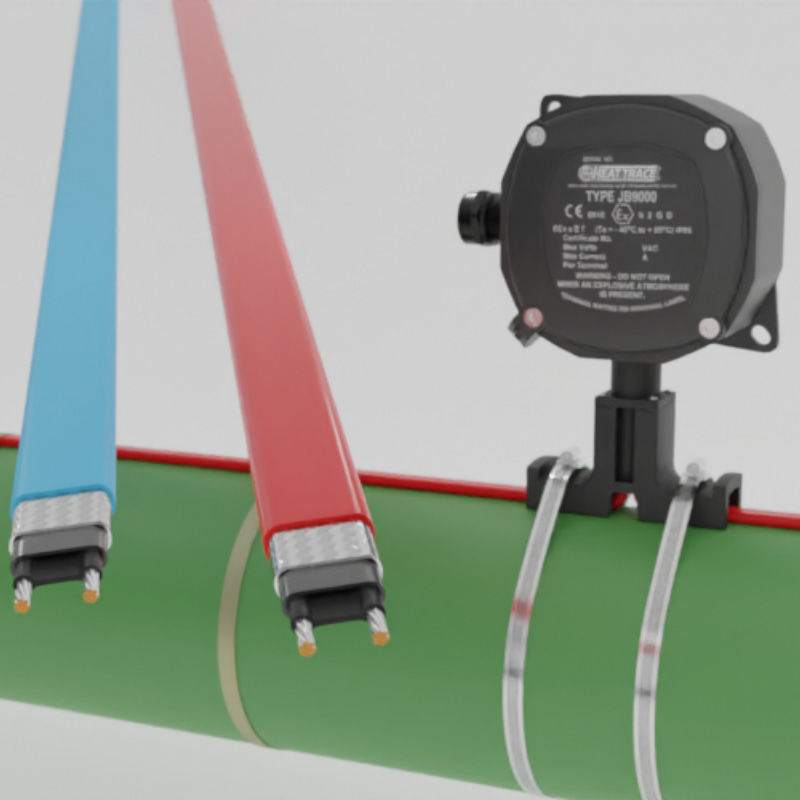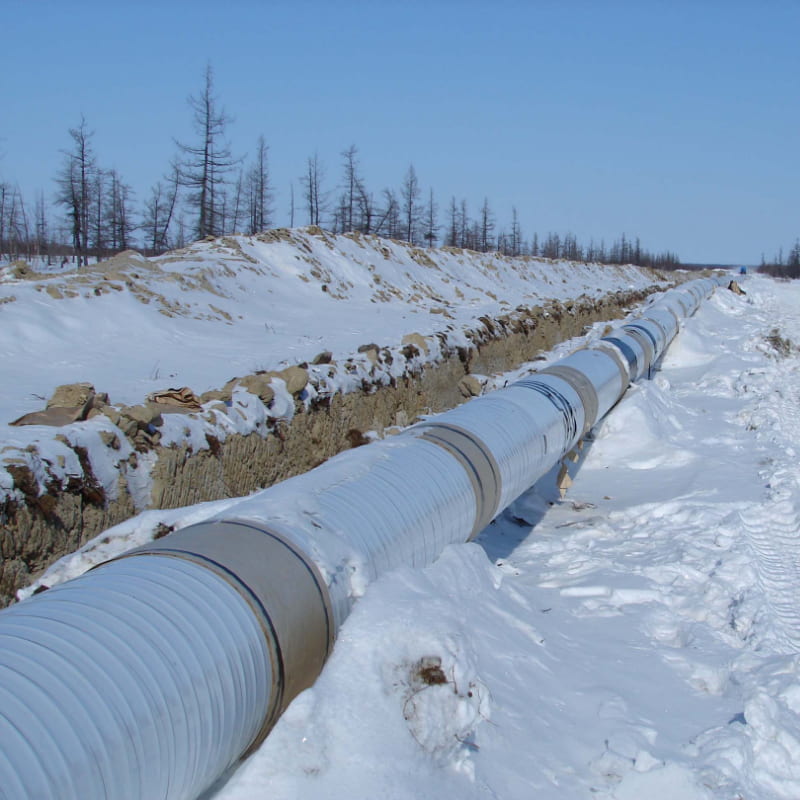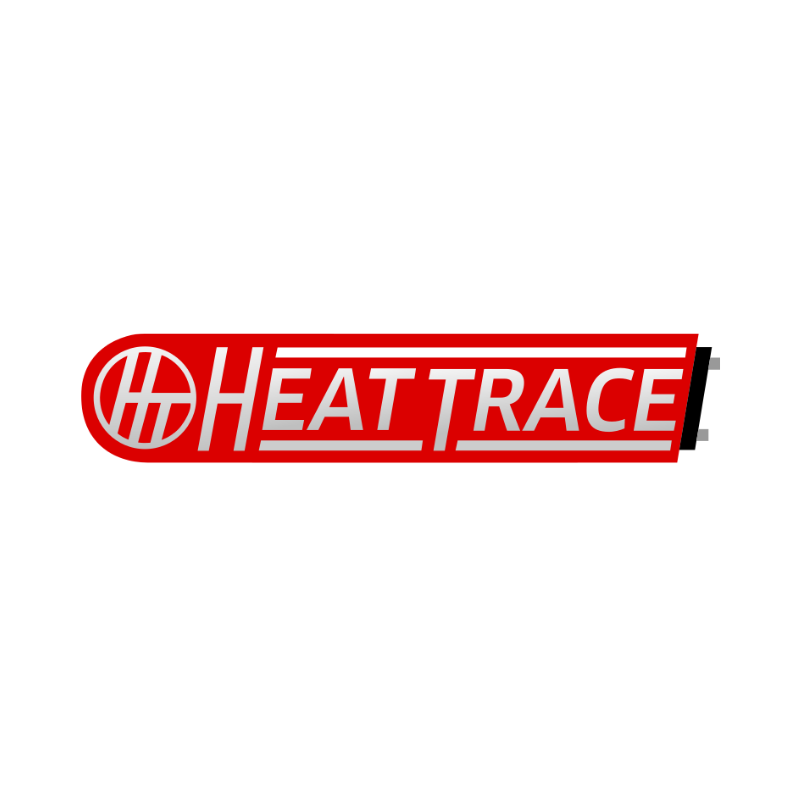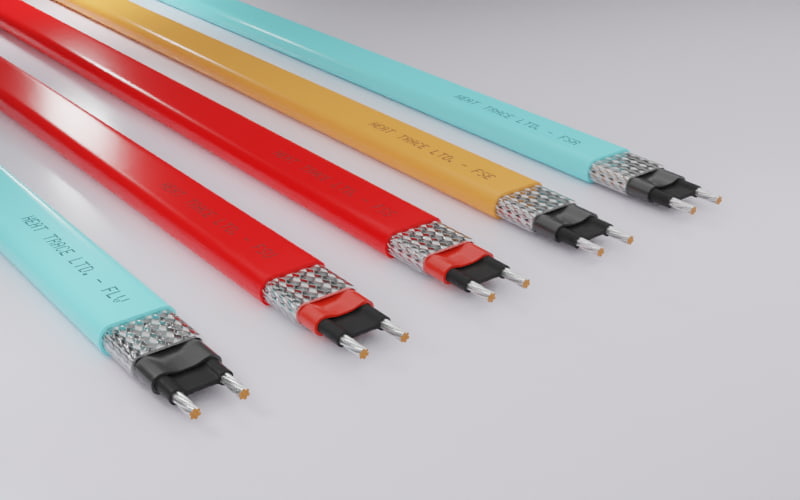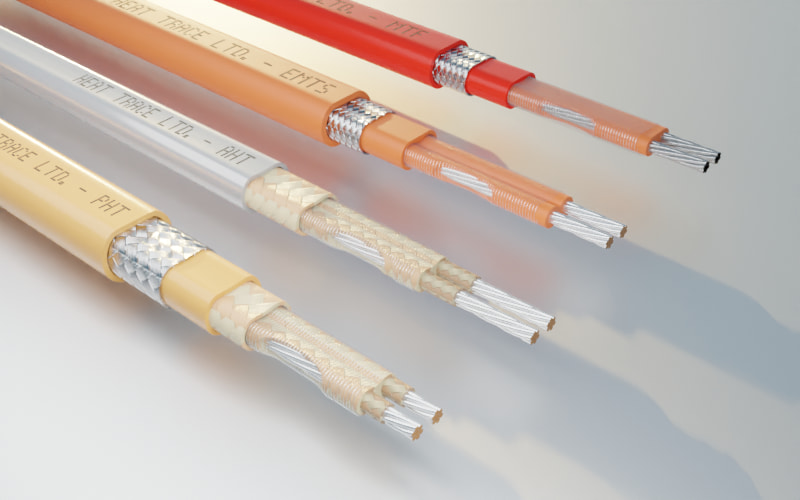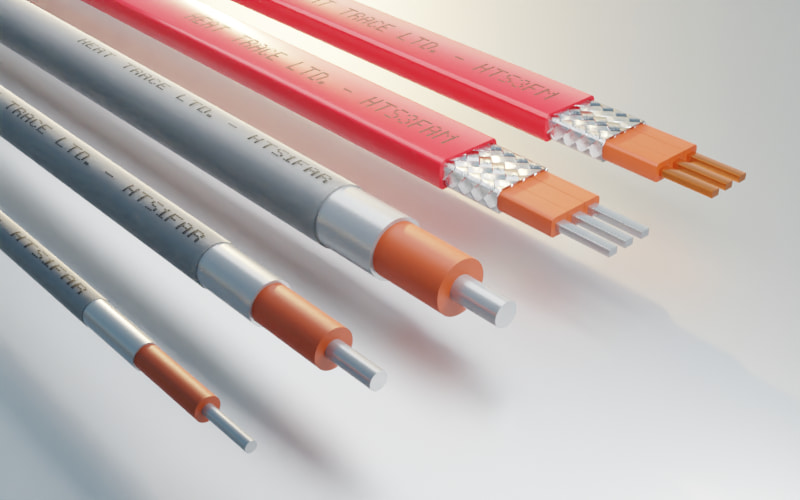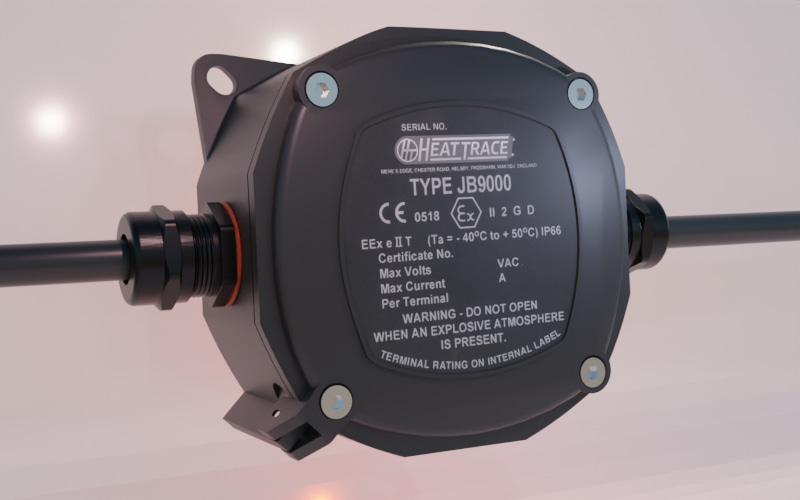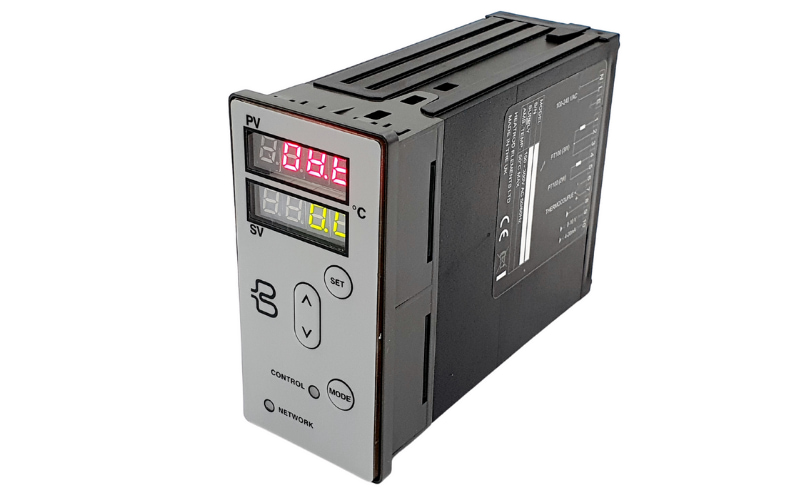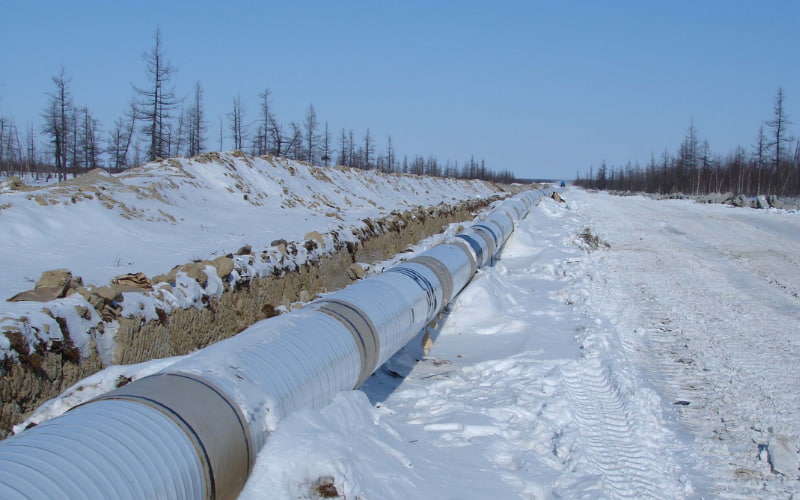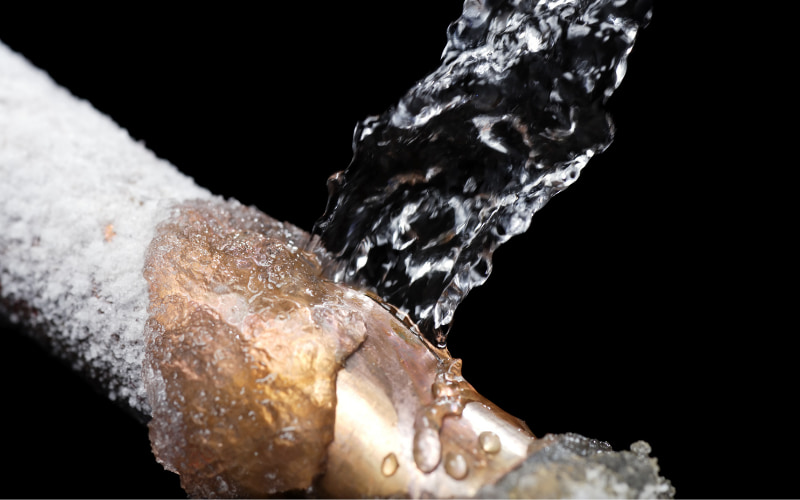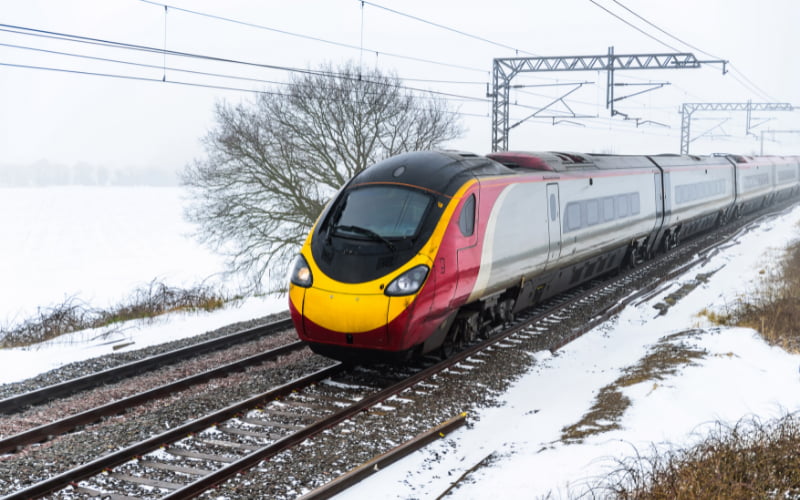Published date:
Neil Malone's Heat Tracing Specification
Safe electric trace heating at optimal cost

SPECIFICATION + PHILOSOPHY Neil Malone, Heat Trace’s founder and President, is the author of a proposed specification for heat tracing, in which he explains his philosophy. The booklet is published in Neil’s name rather than being a Heat Trace Limited document, as it represents his personal opinions and views, and is intended to be an unbiased, impartial approach to electric trace heating. Hence the booklet does not mention Heat Trace Limited and therefore refers to generic products. “Safe Electric Trace Heating at Optimal Cost” is intended for use as a specification template by engineers in EPC’s tendering for electric trace heating projects, or indeed for any students of trace heating. It is recognised that the two prime considerations of EPC specification writers are system safety and cost. These have primarily been approached as follows:- Safety Temperature safety is the prime consideration in the design of trace heating. Neil recognises that self-regulating tracers are the most popular generic type. Self-regulating tracers are perceived to be temperature-safe and power output reducing with increasing temperature to a point where there is effectively no heat produced within the temperature limits of the tracer. Whilst this might be true of certain freeze protection cables, unfortunately it is not true of most medium/high temperature withstand cables sold as ‘self-regulating’. It is for this reason that Neil feels that there should be a definition for ‘self-regulating’, and the introduction of the term ‘inherent temperature-safety’. Tracers that are not inherently temperature safe continue to produce heat beyond the temperature limits of their constructional materials. It will be appreciated that cables of this type offer no advantage over constant power heaters, as temperature limiting controllers are necessary to ensure temperature safety. Cost The cost of a trace heating system is most influenced by the number of heating circuits, determining the number and size of control panels. In hazardous areas this may contribute to around 40% of the trace heating cost, unless thermal insulation is included. The number of heating circuits can be significantly reduced if ambient proportional control, as opposed to surface control, is adopted. But ambient proportional control is only really possible if the heating system provides a stabilised design, whereby under the most adverse conditions, limiting temperatures are not exceeded. And a stabilised design is best assured by inherently temperature-safe self-regulating heaters! Safest / Lowest Cost Inherently temperature-safe self-regulating heating cables, linked with ambient proportional temperature control, provide the safest and most economical systems. Conclusion “Safe Electric Trace Heating at Optimal Cost - Specification + Philosophy” is a valuable specification template that EPC engineers can adopt for trace heating enquiries. A copy of “Safe Electric Trace Heating at Optimal Cost - Specification + Philosophy” can be downloaded here Pdf, 3 MB.. Or email [email protected] with your postal address to request a hard copy the specification, which can be sent by post. Neil Malone |

